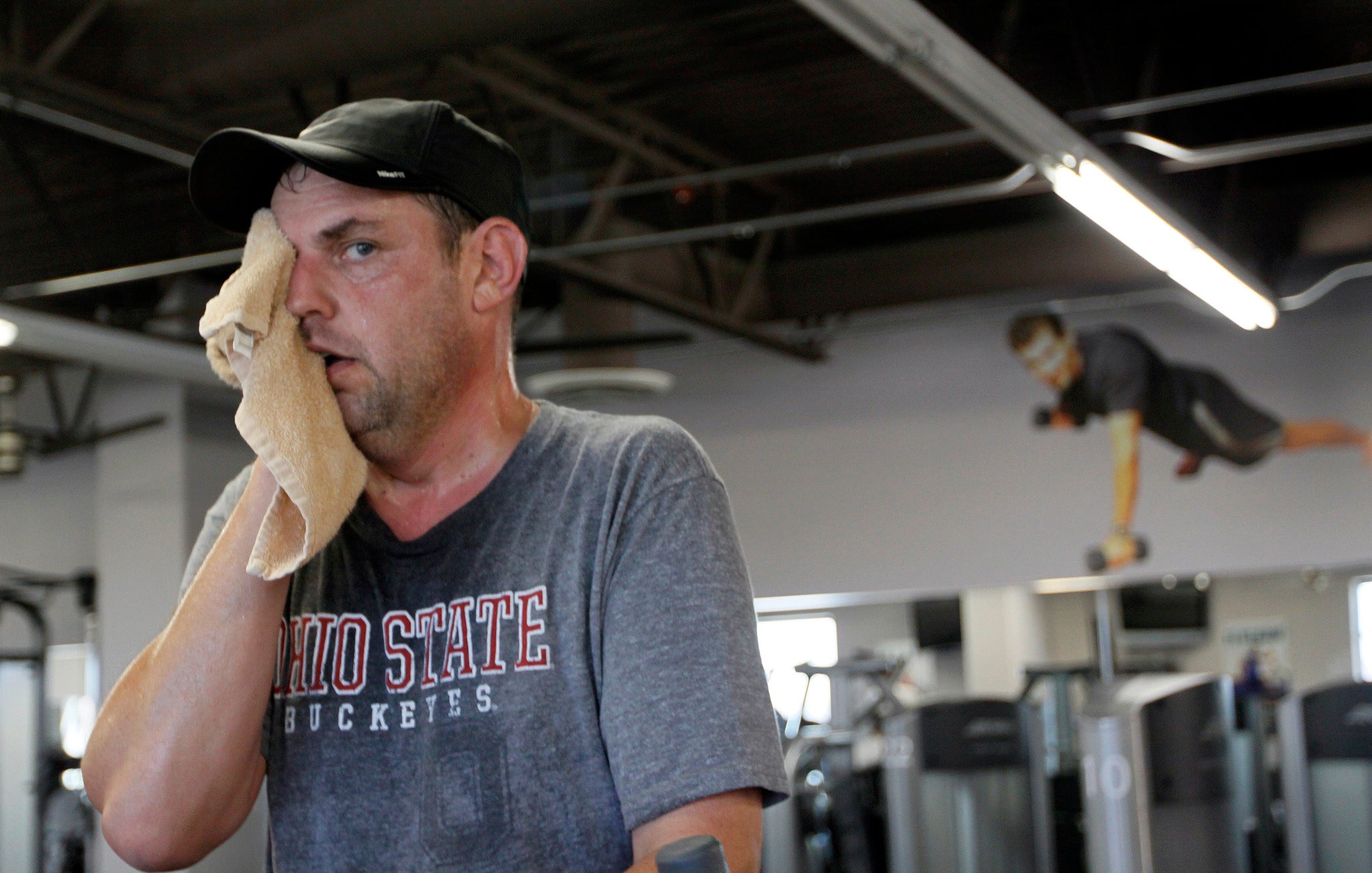Sweat-powered stick on batteries could power workouts of the future
New biobatteries are applied like temporary tattoos to the skin and use electrons stripped from lactate in sweat to create power

Gym-goers and joggers are already used to bringing along a phone or MP3 player if they want some entertainment while they sweat, but what if these devices were actually being powered by the same bodily fluids?
Researchers at the University of California have created the first biobattery that sticks to the skin like a temporary tattoo and uses the lactate found in sweat to produce power. Even better, the same device also monitors how someone’s workout is going.
The device was invented almost accidently when the team from California set out to build a flexible, comfortable way to measure lactate levels in athletes. Lactate is produced by the body during high-intensity exercise as a side product of muscles creating energy anaerobically – the more there is in someone’s sweat, the harder they’ve had to push themselves.
The original sensor measured lactate by stripping electrons from the chemical to generate a tiny electrical current and measuring its resistance, but the team went a step further and converted this into a battery, passing the stream of electrons from a an anode to a cathode to harness the energy.
The result is a tiny portion of electricity produced from sweat. From a 2 by 3 millimetre patch the team were only able to generate around 4 microwatts (not enough to even power a digital watch – that would take at least 10 microwatts) but they have plans on developing it to power small electronic devices.
The research behind the device was first published last year, but the UC team now have new working prototypes that were presented at the American Chemical Society this week.
Interestingly, if the device was ever used to help encourage people to work out, it would ramp up difficulty as the wearer got fitter. The less fit someone is the more quickly they produce lactate and therefore the more power they generate – users would have a good incentive to start exercising, but as they got fitter, they’d have to work harder to keep the device running.
Subscribe to Independent Premium to bookmark this article
Want to bookmark your favourite articles and stories to read or reference later? Start your Independent Premium subscription today.

Join our commenting forum
Join thought-provoking conversations, follow other Independent readers and see their replies